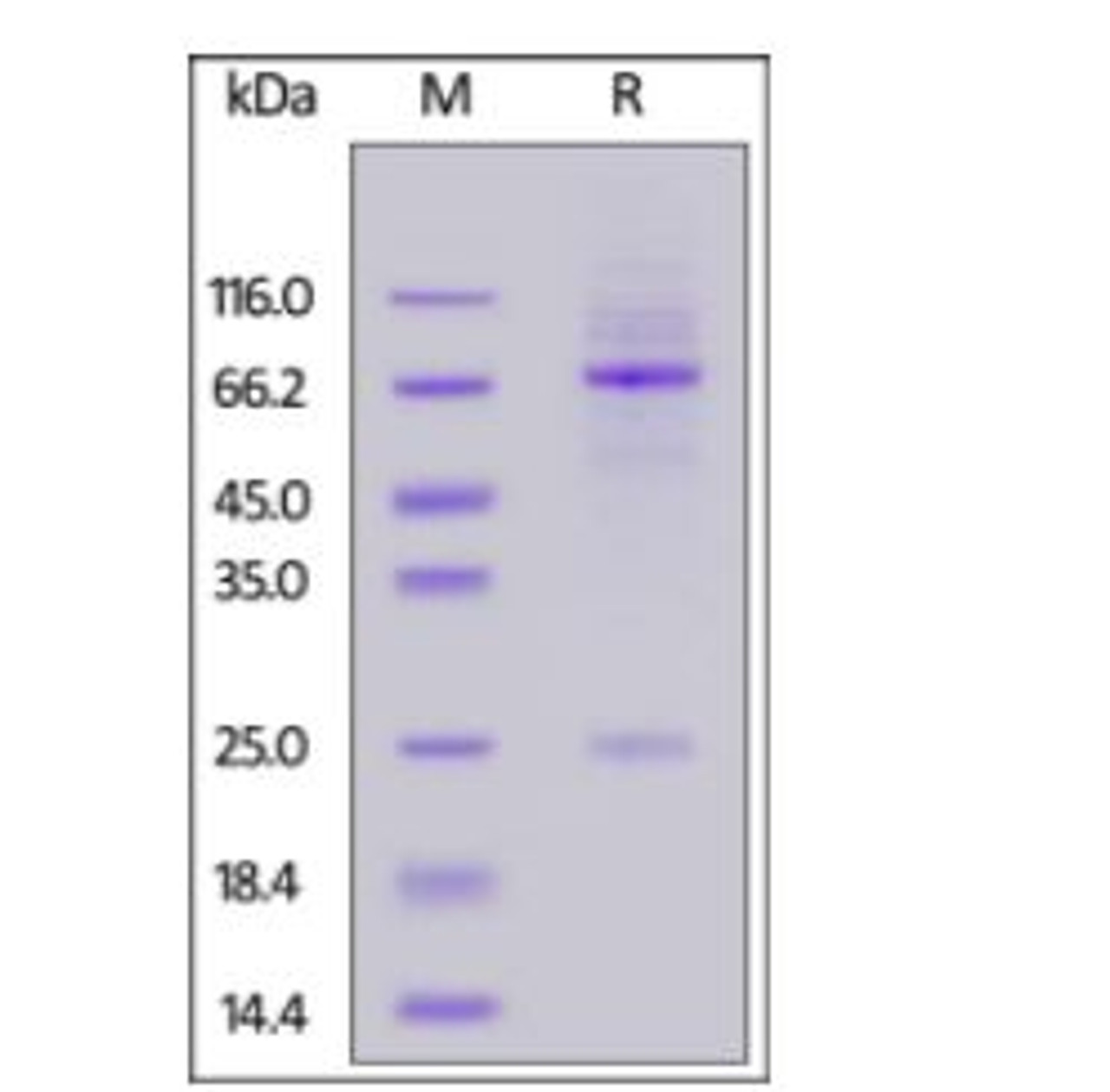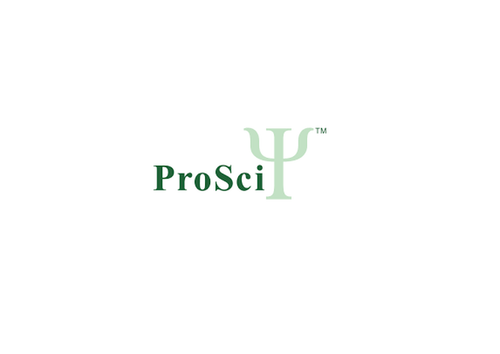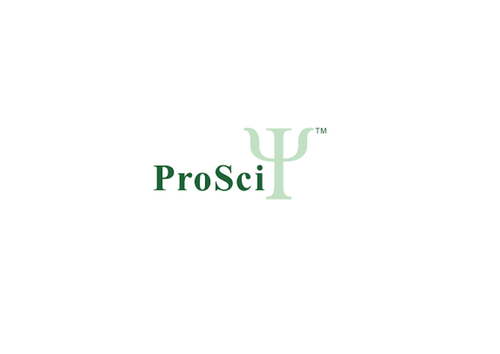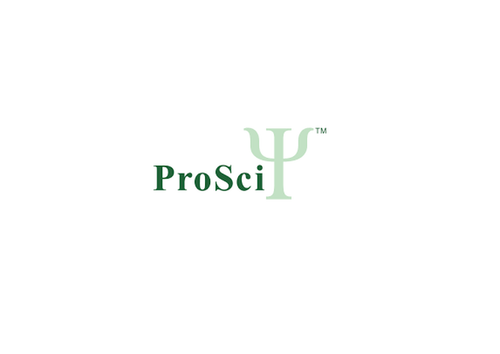Product Description
SARS-CoV-2 Spike RBD Antibody, monoclonal, Chimeric | 11-582 | ProSci
Host: N/A
Reactivity: Mouse
Homology: N/A
Immunogen: Anti-SARS-CoV-2 Spike RBD Antibody, Human IgM is a chimeric monoclonal antibody combining the constant domains of the human IgM molecule with mouse variable regions.
Research Area: Infectious Disease, COVID-19
Tested Application: E, WB
Application: N/A
Specificiy: This product can recognize SARS-CoV-2 and SARS-CoV Spike Protein RBD domainn. No cross-reactivity is detected with Spike Protein RBD domain of other coronaviruses, including MERS-CoV, HCoV-229E, HCoV-NL63, HCoV-OC43 and HCoV-HKU1.
Positive Control 1: N/A
Positive Control 2: N/A
Positive Control 3: N/A
Positive Control 4: N/A
Positive Control 5: N/A
Positive Control 6: N/A
Molecular Weight: N/A
Validation: N/A
Isoform: N/A
Purification: >85% as determined by SDS-PAGE.
Clonality: Recombinant Monoclonal
Clone: N/A
Isotype: Human IgM | Kappa
Conjugate: Unconjugated
Physical State: Lyophilized
Buffer: Lyophilized from 0.22 μm filtered solution in PBS, pH7.4 . Normally trehalose is added as protectant before lyophilization.
Concentration: batch dependent
Storage Condition: For long term storage, the product should be stored at lyophilized state at -20˚C or lower..Please avoid repeated freeze-thaw cycles.This product is stable after storage at:.-20 to -70˚C for 12 months in lyophilized state from date of receipt;.-70˚C for 3 months under sterile conditions after reconstitution.
Alternate Name: spike glycoprotein
User Note: Optimal dilutions for each application to be determined by the researcher.
BACKGROUND: It's been reported that SARS-CoV-2 can infect the human respiratory epithelial cells through interaction with the human ACE2 receptor. The spike protein is a large type I transmembrane protein containing two subunits, S1 and S2. S1 mainly contains a receptor binding domain (RBD) , which is responsible for recognizing the cell surface receptor. S2 contains basic elements needed for the membrane fusion.The S protein plays key parts in the induction of neutralizing-antibody and T-cell responses, as well as protective immunity.
 Euro
Euro
 USD
USD
 British Pound
British Pound
 NULL
NULL











![SARS-CoV-2 Spike RBD Control Antibody [5T6C4], Chimeric SARS-CoV-2 Spike RBD Control Antibody [5T6C4], Chimeric](https://cdn11.bigcommerce.com/s-452hpg8iuh/images/stencil/500x659/products/572578/805706/porsci_lo__79508.1648973713__73400.1649090926.png?c=2)
